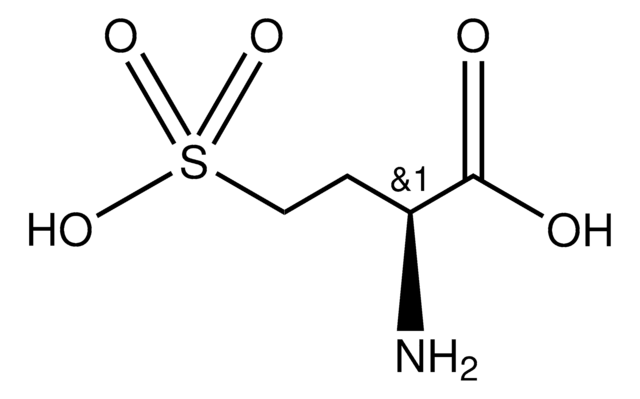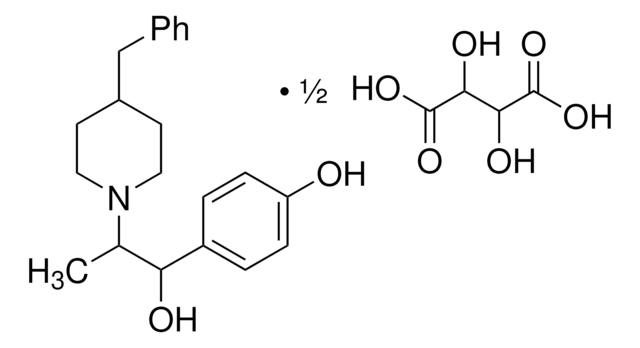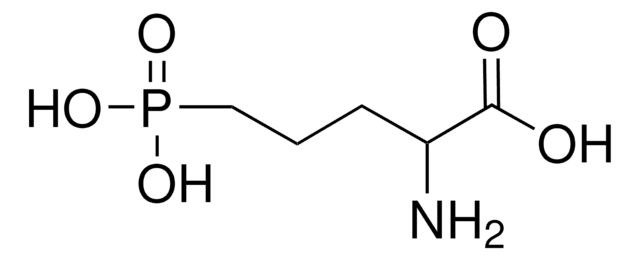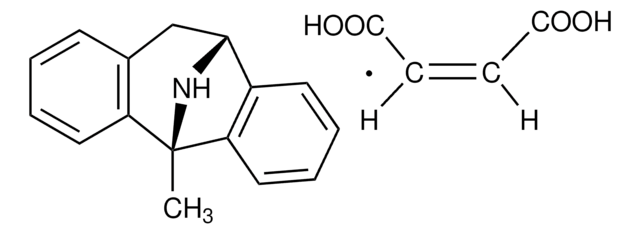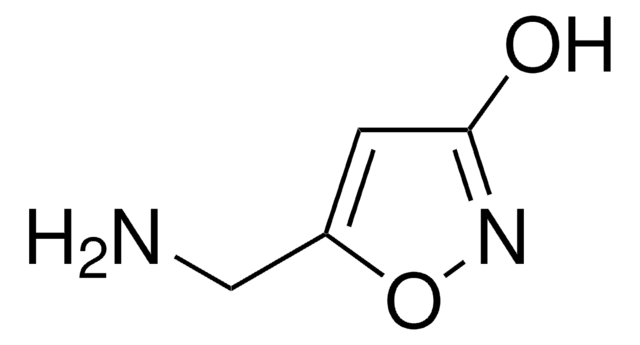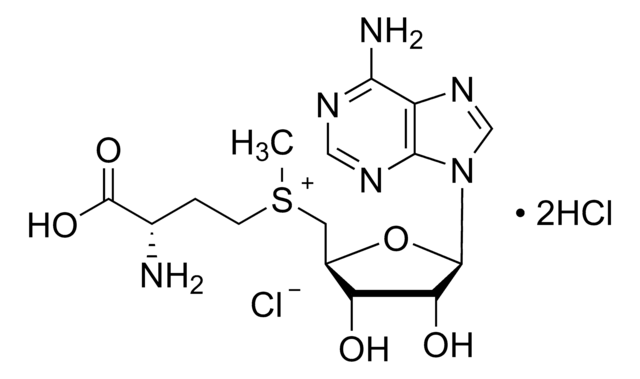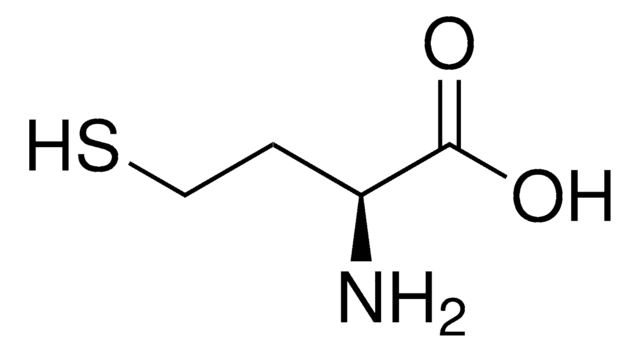P1999
PEAQX tetrasodium hydrate
≥98% (HPLC)
Synonyme(s) :
NVP-AAM077 tetrasodium hydrate, [[[(1S)-1-(4-Bromophenyl)ethyl]amino](1,2,3,4-tetrahydro-2,3-dioxo-5-quinoxalinyl)methyl] phosphonic acid tetrasodium hydrate
About This Item
Produits recommandés
Niveau de qualité
Essai
≥98% (HPLC)
Forme
powder
Conditions de stockage
desiccated
Couleur
white to beige
Solubilité
water: 10 mg/mL
Température de stockage
−20°C
Chaîne SMILES
[Na+].[Na+].[Na+].[Na+].[H]O[H].C[C@H](NC(c1cccc2nc([O-])c([O-])nc12)P([O-])([O-])=O)c3ccc(Br)cc3
InChI
1S/C17H17BrN3O5P.4Na.H2O/c1-9(10-5-7-11(18)8-6-10)19-17(27(24,25)26)12-3-2-4-13-14(12)21-16(23)15(22)20-13;;;;;/h2-9,17,19H,1H3,(H,20,22)(H,21,23)(H2,24,25,26);;;;;1H2/q;4*+1;/p-4/t9-,17?;;;;;/m0...../s1
Clé InChI
SMGAGBKXHAHCGQ-VSYRWHDMSA-J
Application
Actions biochimiques/physiologiques
Caractéristiques et avantages
Mention d'avertissement
Warning
Mentions de danger
Conseils de prudence
Classification des risques
Acute Tox. 4 Oral - Eye Irrit. 2 - Skin Irrit. 2 - STOT SE 3
Organes cibles
Respiratory system
Code de la classe de stockage
11 - Combustible Solids
Classe de danger pour l'eau (WGK)
WGK 3
Point d'éclair (°F)
Not applicable
Point d'éclair (°C)
Not applicable
Équipement de protection individuelle
dust mask type N95 (US), Eyeshields, Gloves
Faites votre choix parmi les versions les plus récentes :
Déjà en possession de ce produit ?
Retrouvez la documentation relative aux produits que vous avez récemment achetés dans la Bibliothèque de documents.
Les clients ont également consulté
Articles
We offers many products related to ion channel family glutamate receptors for your research needs.
Notre équipe de scientifiques dispose d'une expérience dans tous les secteurs de la recherche, notamment en sciences de la vie, science des matériaux, synthèse chimique, chromatographie, analyse et dans de nombreux autres domaines..
Contacter notre Service technique